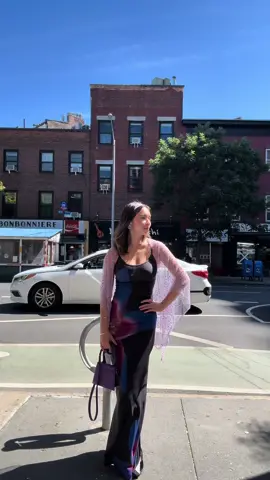Будь Здоров
Region: US
Tuesday 12 March 2024 14:05:31 GMT
592881
16925
843
20754
Music
Download
Comments
_darksayd :
мне 13 и у меня спе₽ма чуть чуть желтоватая это нормально?
2024-05-29 08:30:21
415
minaarhar :
У меня друг сходил на лазер и они отпали, теперь брить нечего
2024-03-12 18:59:09
2179
zeeeeka :
я горелкой фигарю
2024-06-07 20:28:40
688
lalala :
все девочки досмотрели до конца?
2024-05-24 19:27:16
538
defyy7273 :
Уже побрил
2024-05-25 08:09:09
396
Perforator 😍 :
вы внатуре хотите чтобы я перед левой тётей на шугаринге Свастончиком светил?
2024-06-03 16:45:41
318
Тик ток премиум • Подписки :
А от лазера они не сварятся?
2024-05-25 13:37:23
257
спокойный свин :
одна говорит брить, вторая не брить
2024-05-25 13:27:08
49
bagyshtron :
Я до сих пор ножницами пользуюсь
2024-06-09 07:25:08
28
Отал :
В мене руді ( мене не пустять на лазер
2024-05-25 11:58:27
37
Клифф гримуар и элинализ :
а я с кожурой ем
2024-05-25 12:50:51
162
JackHuman :
я ем с кожурой, главное помыть хорошо
2024-05-25 19:20:15
45
огнетушитель :
а чо тогда отрезать их?
2024-05-27 16:34:42
59
🗿 :
не я пока ещё не докатились что бы брить фрукты
2024-06-07 10:42:37
77
🛍️півас metro shop🛍️ :
я то понял но зачем мне брить киви если я кожуру не ем
2024-05-24 21:30:24
40
мелатонин :
Не знаю как вы, но я ем киви с кожурой, там витаминов много
2024-05-25 17:00:32
14
Fatimo4ka_LOL^^ :
Угадайте ,что я сейчас ем?
2024-05-24 17:09:27
12
Witaliy :
КИИВИ!!??НА ЛААЗЕЕР!!???
2024-05-22 13:50:33
57
m1xsaidd :
а киви не сгорят если на лазер пойти?😳😳
2024-05-25 14:06:36
6
Valeriia❤️🔥 :
Я собі представляю як якийсь неопитний майстер з шугарінгу відриває воск не тільки з волоссям, а й і з ківі…
2024-05-28 15:44:17
14
Ехо в кріпів :
я такі хаваю
2024-06-05 19:20:27
32
МГЕ скєбідє чѣрвѣ 🇷🇺🇺🇦2016 :
да вроде надо почистить и сьесть
2024-05-27 06:57:38
9
Киллуа Золдик.𒉭 :
У вас это в поиске а у меня в реках
2024-05-27 07:42:36
7
A+ :
не брею я киви я сразу режу на кусочки и ем вы че нафига его брить
2024-06-08 04:54:59
5
Timur__986 :
шугаринг смести Фаберже вырвит
2024-03-12 14:35:40
12
To see more videos from user @zdorove, please go to the Tikwm
homepage.
![🚨[MÉTODO COMPROVADO] Ganhe de R$100 a R$500 por dia através da internet, acesse a bio e descubra. #frasesmotivacionais #frasesinspiradoras #frasesereflexões #reflexoes #reflita #determinação #mentedesucesso #mentalidademilionaria #mentalidadedesucesso](/video/cover/7155620394928721158.webp)




